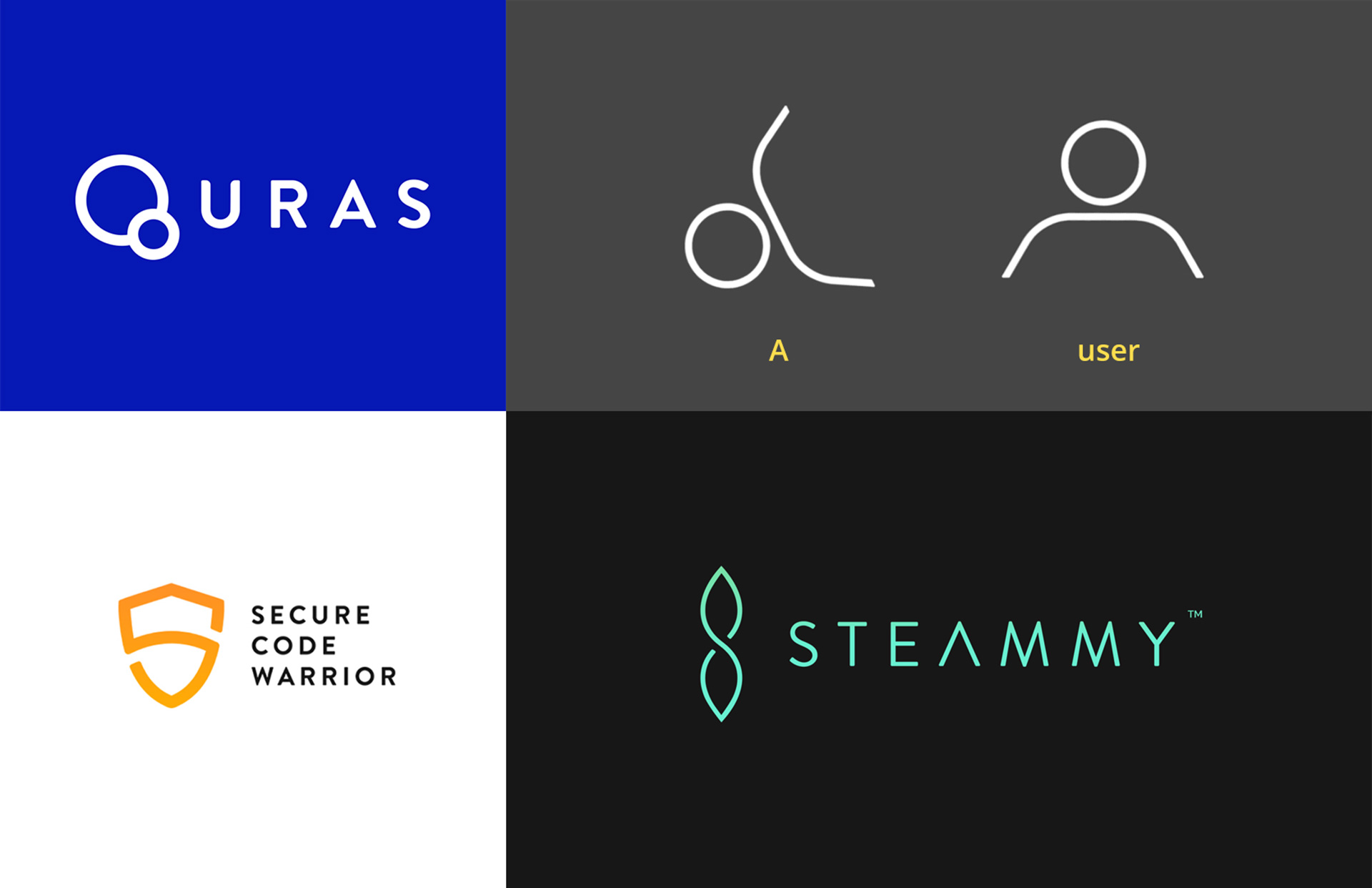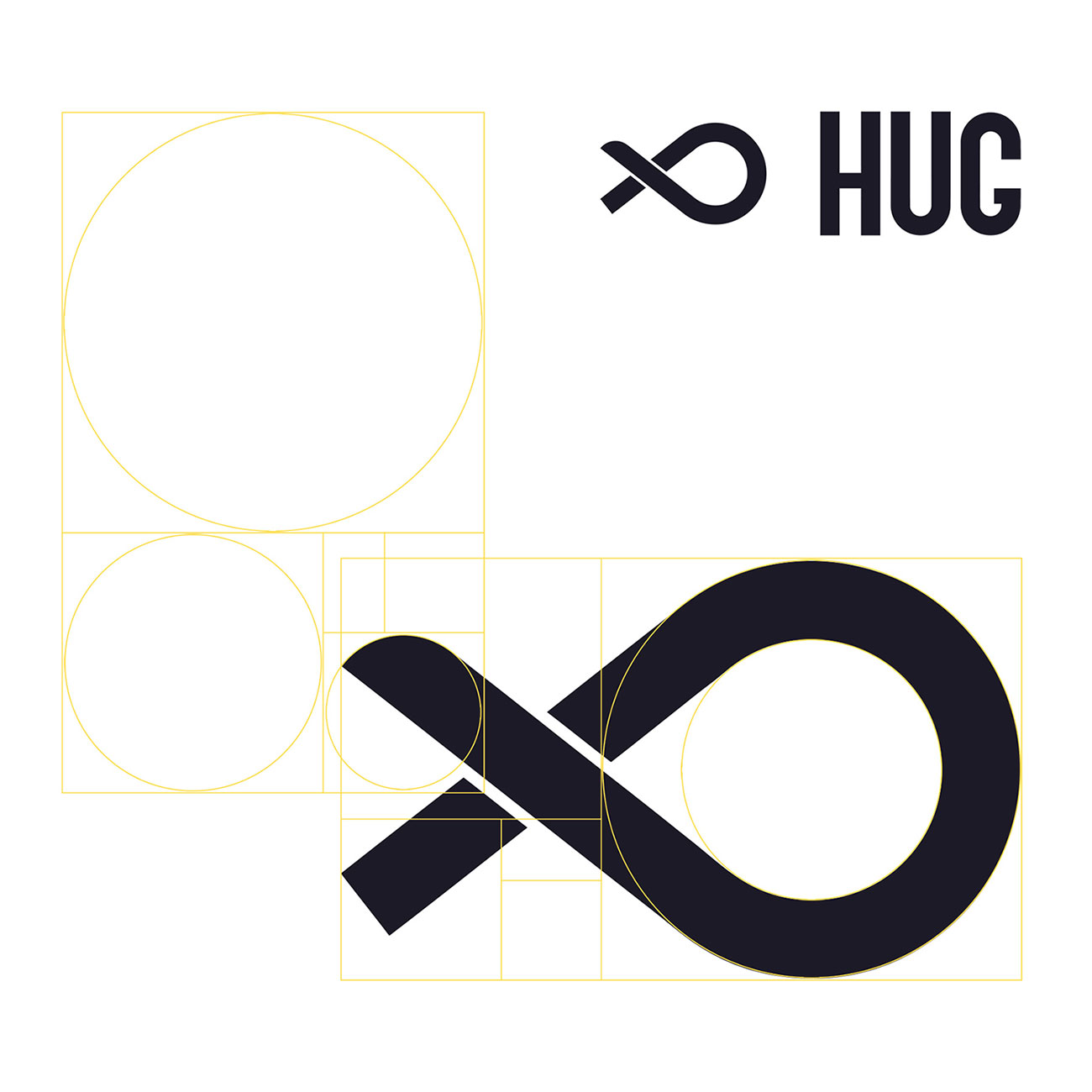Value-Based
logo design principles.
Insights | 9 March 2019
Developed at HUG Value-Based logo design principles is a part of the branding strategy that we use to create meaningful brands. We'd like to share it with the community and everyone working with HUG Agency to better understand our processes and implementing it in your own workflows.

1. The quality of questions sets the quality of the logo.
Almost every design project starts with a brief where designers ask clients questions about their business, but it’s very rare that the right type of questions are asked. An ordinary brief consists of questions like: Which logos do you like? What are your color preferences? Where will the logo be used? And so on. The value-based approach to logo design has three main types of questions that we ask clients and ourselves.
Why – to understand values. E.g.:
Why have you decided to provide this service? (Or why did you start your company?)
Why would customers use your product/service? (Unique value proposition)
Why should customers choose your product/service instead of a competitor’s? (Or why Is there no competition in your niche?)
What – sometimes this paraphrases the why questions to get more clarity regarding certain values or to confirm that we’re on the same page. E.g.:
What is your target audience?
What message do you want to send them?
What is the story behind your company/product/service?
How – usually we ask ourselves this type of question, but we could also address the client. E.g.:
How can we share these values?
How can we address the target audience?
How can we make the logo stand out from competitors?
Don’t get me wrong, I’m not saying that what color to use isn’t important—it is—but colors or a certain graphic style are tools used to deliver the message and if we don’t figure out what the message is, how can we deliver it?
2. Design is a message.
Just like the first principle, this one applies not only to logo design but branding and graphic design in general. We always hear terms like “visual communication” applied to graphic design, but let’s understand the difference between communication and a message. Communication is transferring or exchanging data, where a message is a piece of information conveyed to be recognized in the best possible way. So when we design a mobile app, for example, and we need to tell people “tap here to go on the previous screen” we use a simple arrow icon. That icon is the message. Instead, we could type “tap here to go back,” but it would be ridiculous. That’s not the best way to convey this information to an app user. The same applies to our logo design process. The logo is a piece of information that has to be conveyed in the best way possible.
3. In a logo design, the number of values shown is inverse to the complexity of its form.
Or in other words, the quality of the logo can be determined from how much information and value you can show in the simplest possible form. If the logo shows all the company’s core values in a single-shaped form, it’s a better logo than one that shows one value or nothing in a complex form. We also call it the C+C principle (which stands for clean and clever).
4. A good product can become obsolete. A good logo can’t .
Do you remember those shiny icons, 3D shapes, and logos with a drop shadow that were popular in 2008? It would look weird if you saw one today. It’s called a trend—when someone did something successful, the rest follows and it becomes popular. The problem is that trends come and go and today’s trendy design will look obsolete tomorrow. On the other hand, a lot of symbols are still well recognized today even if they’re thousands of years old. In a value-based approach, our goal is to design symbols that will carry the values to generations to come.
5. One message is not enough
A logo is a powerful instrument and, in most cases, is the first design element every company has. However, it’s still not enough to build a brand and therefore to deliver all the company’s values to the public. In a value-based approach, a good logo is complemented with a mindful strategy, branding and other design practices to create a path to success.
About author
Hug is a branding and digital agency specializing in brand development and offering a mindful approach to UX and UI design. We love companies that innovate and produce with care for the environment. We believe that brands influence the world around, with that in mind we build brands that shape and lead our culture in the direction to a better future.
Next
Value-Based
logo design principles
Developed at HUG Value-Based logo design principles is a part of the branding strategy that we use to create meaningful brands.
ExploreDon't miss
upcoming stories
Subscribe
Let’s create
something amazing


